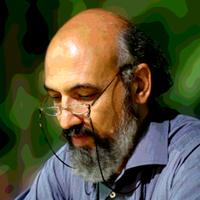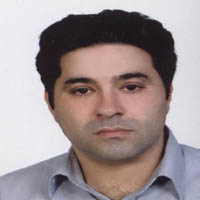Development of Shannon-Weaner Entropy Model Based on Urban Development Paradigm Based on Urban Mixed Land Use
Although, the significance of development of the Urban Mixed land use approach is specified in the urbanization and urban planning process but this approach is not necessarily a dominant approach but also it produces the structure of the city for the contemporary paradigms of urban planning such as New Urbanism and Smart Growth. The notable issue of urban mixed development is that this form of development is a form of Urban "Place Making". For the dynamics of this new approach, it is necessary to rethink the factors and elements that the structure and form of the city that generates diversity. Diversity Index is a subset of the distribution model, which is one of the components of the mixing evaluation model. The indicators presented in this model are highly ambiguous and complex; Therefore, in order to explain this concept, it used interdisciplinary studies and borrowed from biodiversity concepts and developed on based on urban development paradigms Based on Urban Mixed land use paradigms that directly affect the environment. The most important indicator of species diversity evaluation in ecological concepts is "Shannon Entropy Model", which includes two indicators of number and species. In order to develop this model, researches, theories, models, methods of evaluation of "diversity" were investigated. The implications of these indicators were very complex and ambiguous, and considering these indices simultaneously, they added ambiguity. Some of these indicators overlap and others have had a different degree of significance. In addition to the extracted indexes based on the Qualitative Content analysis method, using Delphi Method new indexes was extracted based on expert opinions and experts. The statistical methods and Scatter, Deflection Point & Qualitative Content data Processing Method were used to evaluate and prioritize the extracted results. The results of all of the concepts and indicators examined were described as the "Place Diversity Model (PDM)".
-
Re-examining the ontology of new urban neighborhoods on the basis of the social dimensions of traditional neighborhoods
Fatemeh Shams, *, Seyed Mahdi Khatami, Ali Soltani
Motaleate Shahri, -
Exploring the Impacts of Technology on Enhancing the Quality of Urban Public Spaces within the Framework of Smart Cities, Case Study: Iran Mall, Tehran
Azadeh Jalali, Mohammadreza Pourjafar *, Ali Safavi, Ehsan Ranjbar
International Journal of Iranian Urban Design Studies, -
Explain the concepts of public policy in metropolitan areas Case study Ahvaz
Mohammadreza Eskandari, *, Abdolreza Navah
Research and Urban Planning, -
Implementing principles of smart urban management to combat pandemic diseases in order to achieve the principles of the future city. (Case study: Karaj city)
Mehdi Kohantorabi, *, Shadi Pakzad
Journal of Future Cities vision, -
Specifying "Place Diversity" as New Model to Evaluate Mixed Land-Use Zone
, Mohammadreza Pourjafar *,
Urban Planning Knowledge,




